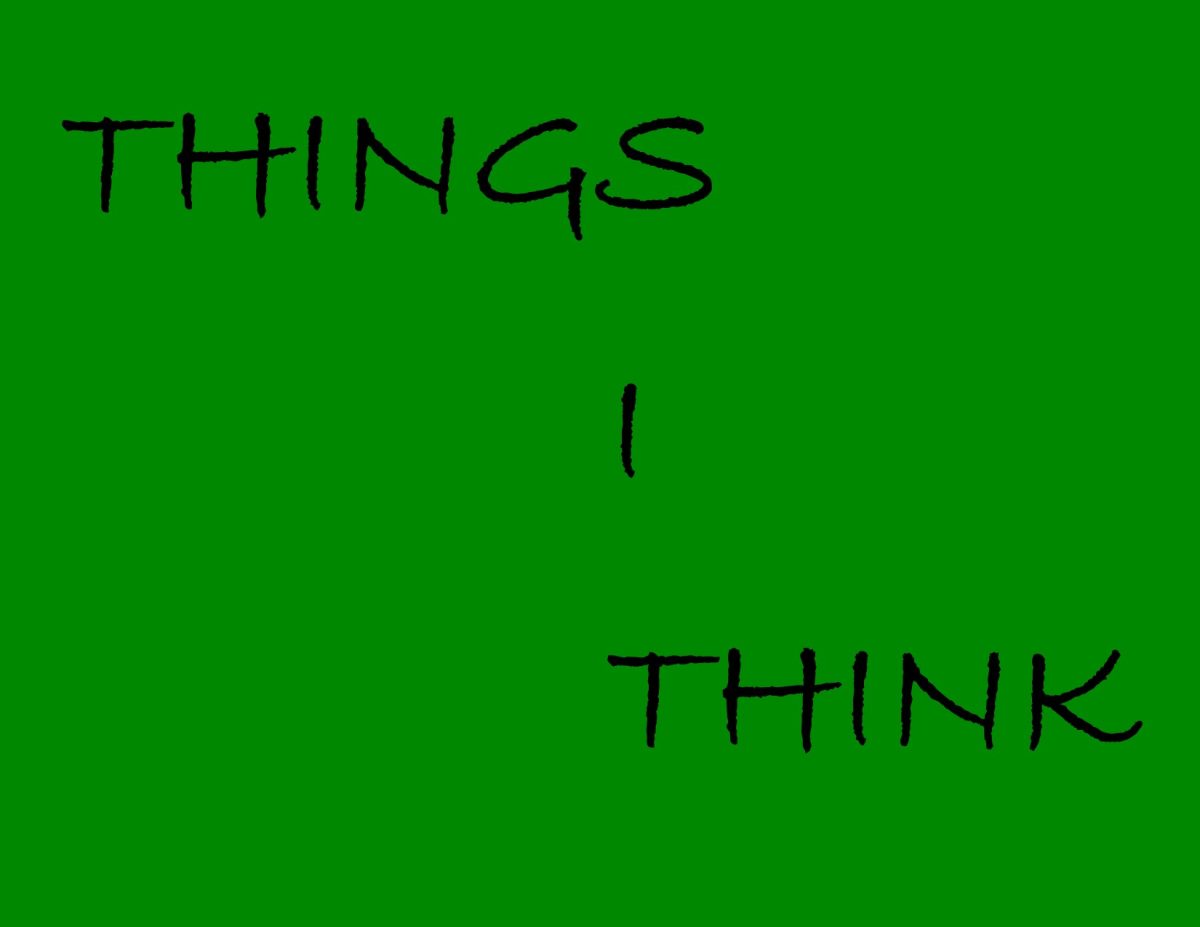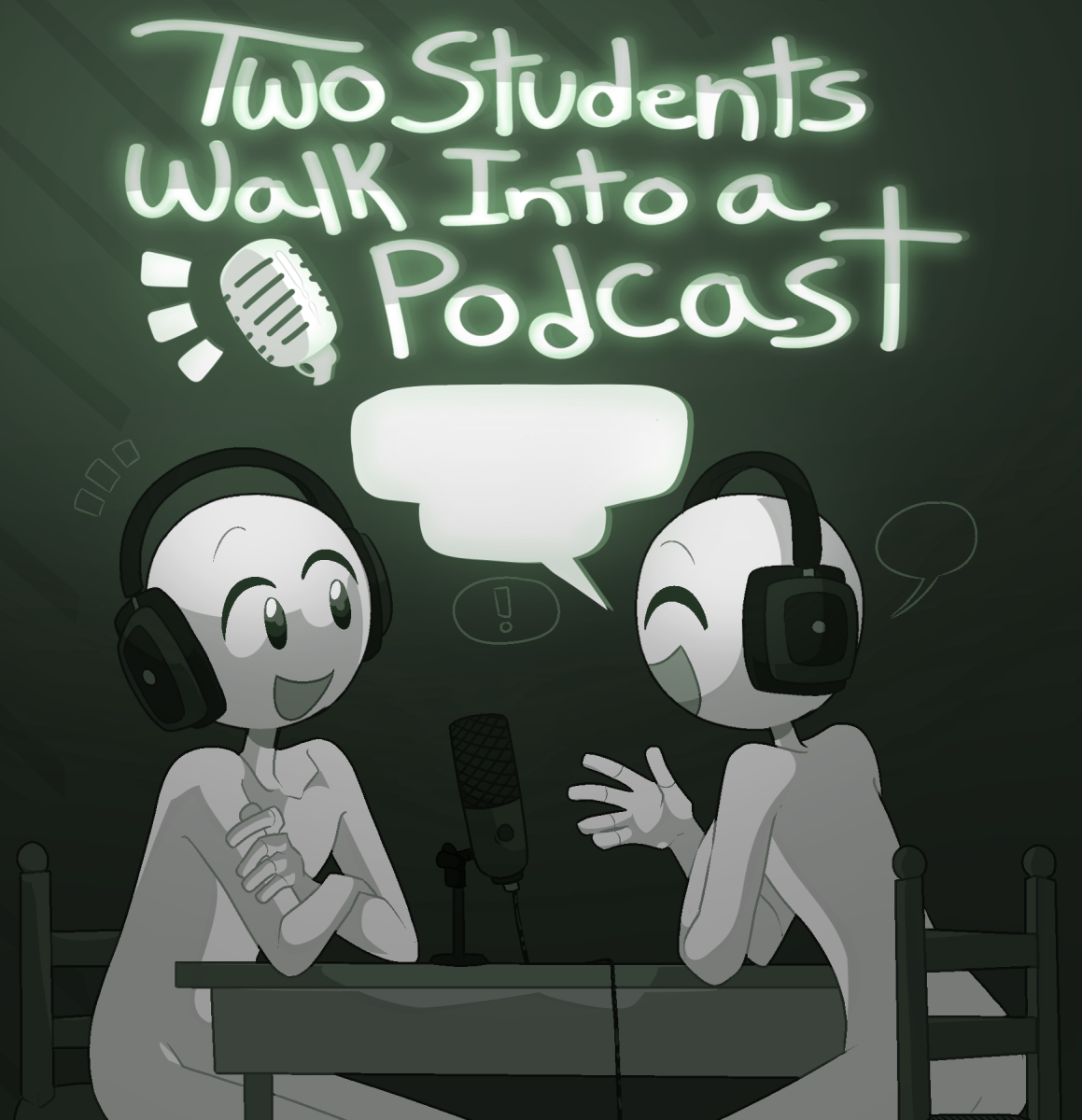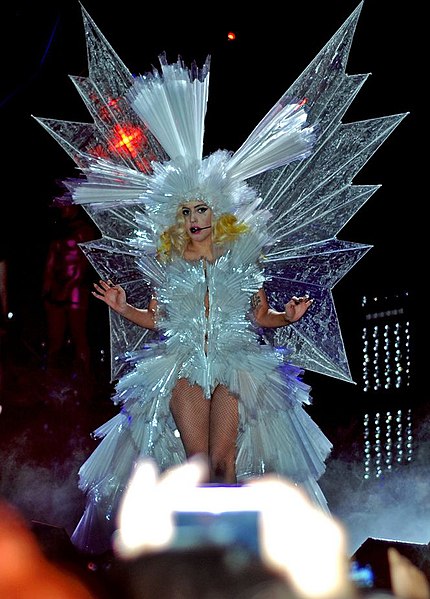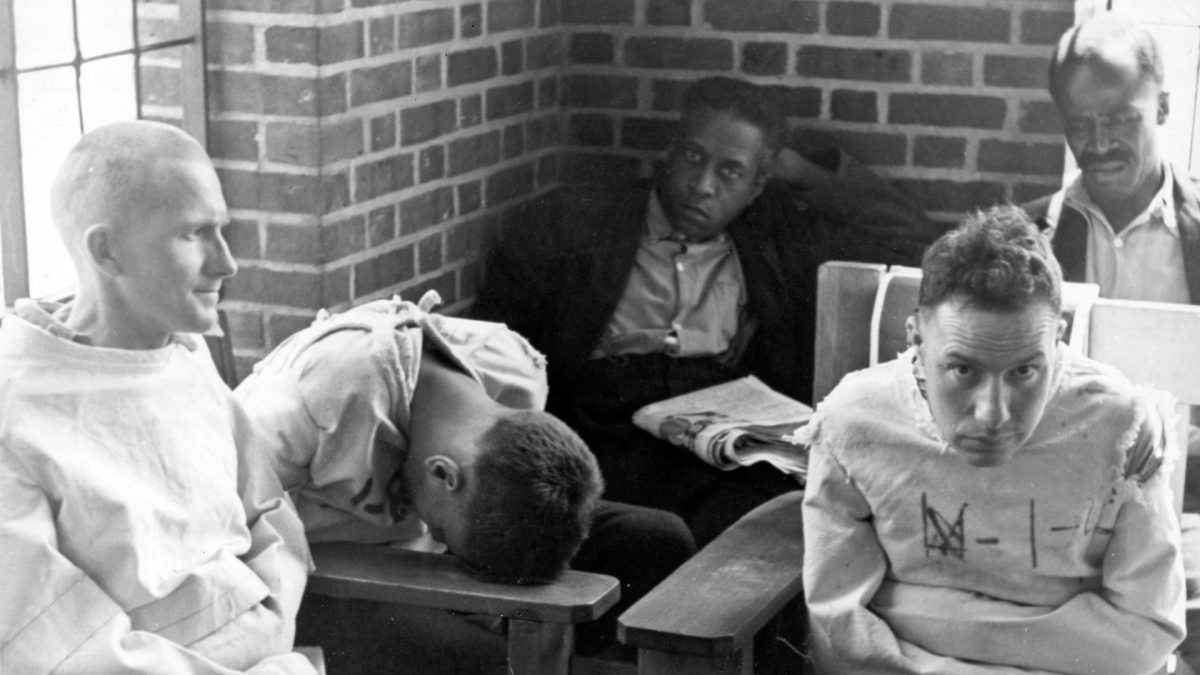What is History? Truth vs. Perception
Every event since the beginning of time has its truth, but also various perceptions.
April 26, 2022
History includes every event to ever occur. Each event has its facts, but also has different views from each and every person. So how is truth separate from perception?
Merriam Webster defines the word truth as “the body of real things, events, and facts.” And Cambridge defines perception as “a belief or opinion, often held by many people and based on how things seem.” These definitions have basically polar opposite meanings, and the differences in them are displayed every day.
In today’s world, almost everything creates several different perceptions. From a news article to a history textbook, everything has its own standpoint, along with facts.
For example, over the past few years, one of the most substantial national events has been the Black Lives Matter movement. The facts of this political and social movement include many people in America protesting and rioting in efforts of bringing awareness to racism and discrimination.
Although, while news channels reporting on the event do not only provide coverage, they also provide their own beliefs, or perception of the topic as well.
When writing an article about the movement, CNN stated, “As in other parts of the country, the protests in Portland were mostly peaceful” (Sanchez). They perceived this affair as good and a push in the right direction for this country.
FOX News, reporting on the same issue, highlighted, “‘Defund police’ is arguably the most destructive, idiotic political slogan in living memory” (Sexton). FOX had a much different perception as they focused on how this movement is destructive to the United States of America. This is just one event in history that demonstrates the difference in truth and perception.
History is also captured in textbooks used everyday in schools. Although, most countries create and use their own history textbooks. So, even though there is much attention brought to the truth in historical events, some countries bring more attention to certain stories rather than others or perceive a story differently than another country does.
For example, an American textbook most likely writes about World War II differently than how a German textbook would. The Americans may highlight a certain battle more than the Germans, or may perceive a particular event as good, while the Germans do not.
Another historical event that had various views was the Boston Massacre. For those that may not know, the Boston Massacre “was a street fight that occurred on March 5, 1770, between a ‘patriot’ mob, throwing snowballs, stones, and sticks, and a squad of British soldiers. Several colonists were killed” (Independence Hall Association). This proved to be a pivotal event that led to the Revolutionary War.
Paul Revere’s depiction of the event has been shown in his famous drawing named The Bloody Massacre. The drawing is famous for its inaccurate perception that the Americans innocently stood there when the British maliciously decided to fire their muskets. But in reality, the facts say otherwise. His faulty portrayal helped fuel the hatred between the Americans and British even more. This story in history goes to show how perception can twist or even change the truth.
Truth is represented by facts, while perception includes opinions and points of view on a topic. The truth of a topic can be perceived in many different ways, which has been demonstrated countless times in history.
History has provided the truth in events, while society provides perception. Nowadays it is tough to find any truth that does not come with a certain perception. Everyone feels the need to display their own belief, or approach to a particular topic in history.
This is why it is important to decipher truth from perception, so one can create its own judgment.



































charlie • Aug 19, 2024 at 8:48 am
it is amazing
grace • Mar 4, 2024 at 1:47 pm
great writing and totally true
S Robert • Oct 2, 2023 at 11:29 am
This was well written and informative.